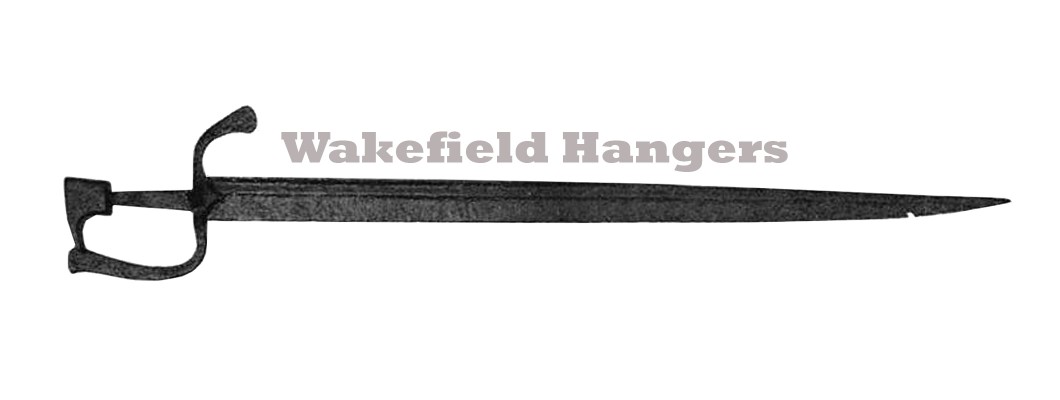
Wakefield Hangers: Medieval British Swords
The Wakefield Hanger is a little-known but significant type of single-edged sword used in the British Isles between the 15th and early 16th centuries. This blog explores its unique features, origins, and connection to European sword traditions.
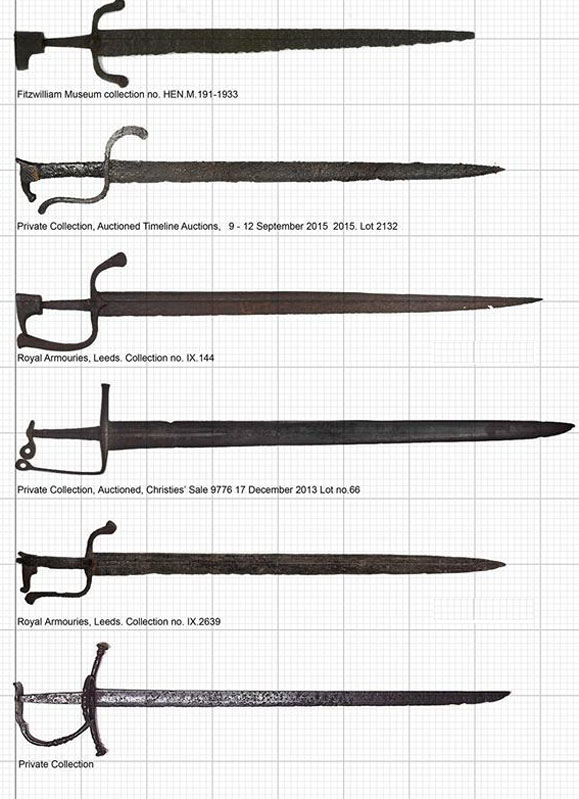
Wakefield Hanger sword with complex guard and short grip.
The Wakefield Hanger represents a fascinating and regionally distinct chapter in medieval British arms. Though not as well-known as the longsword or messer, its design offers deep insights into the evolution of practical swords used by both civilians and soldiers.
Its distinctive single-edged blade, compact grip, and early complex hilt suggest a purpose-built tool for speed, power, and control. Let’s explore what makes the Wakefield Hanger so significant in the world of European arms history.
Blade Design
Wakefield Hangers typically feature Type F5 single-edged blades, known for their aggressive distal taper and false edge near the tip. These design elements allow for powerful slashing while keeping the blade light and responsive in hand.
Hilt & Guard
Early complex hilts—such as those seen on Expanded Style 14a or 14b—are common across this group. Most include a knuckle-bow, and some examples like Royal Armouries IX.144 show side projections similar to nagels, indicating a concern for hand protection in close combat.
Pommel & Grip
Compact hammer-head pommels (Form BB) paired with short grips define the handling of these swords. The locked-in grip allows for efficient transfer of cutting force while maintaining a secure hold during use.
Comparison to the Messer
While German messers and bauernwehr knives served similar roles, the Wakefield Hanger represents a distinctly British evolution of the same function: a rugged, one-handed cutting sword with regional flair. These weapons likely filled the same niche—battlefield and practical carry—within a different cultural and manufacturing context.
Historical Context
Appearing between 1450–1520, all known examples originate from the British Isles. Their spread and uniformity suggest widespread adoption in both military and civilian applications, possibly replacing more traditional double-edged arming swords in certain regions.
Key Characteristics
- Time Period: 1450–1520s
- Blade Type: Single-edged (Type F5 or F3c)
- Weight: Approx. 800g
- Guard: Knuckle-bow with side projections
- Pommel: Hammer-head (Form BB)
- Origin: British Isles
Conclusion
The Wakefield Hanger is more than a regional oddity—it is a missing link in Britain’s martial heritage. Bridging the gap between practical utility and battlefield function, this type of sword showcases the ingenuity of local blacksmiths adapting to evolving needs. For collectors, historians, or anyone interested in the diversity of medieval weaponry, the Wakefield Hanger is a blade worth studying—and remembering.




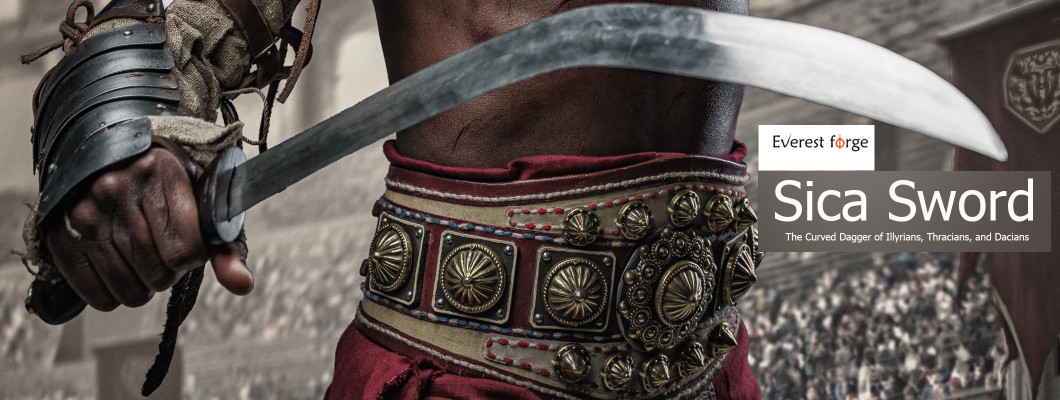

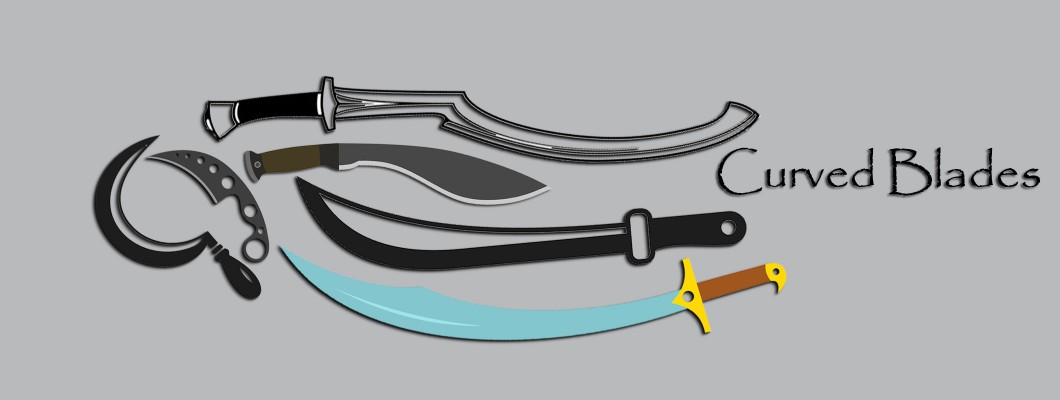
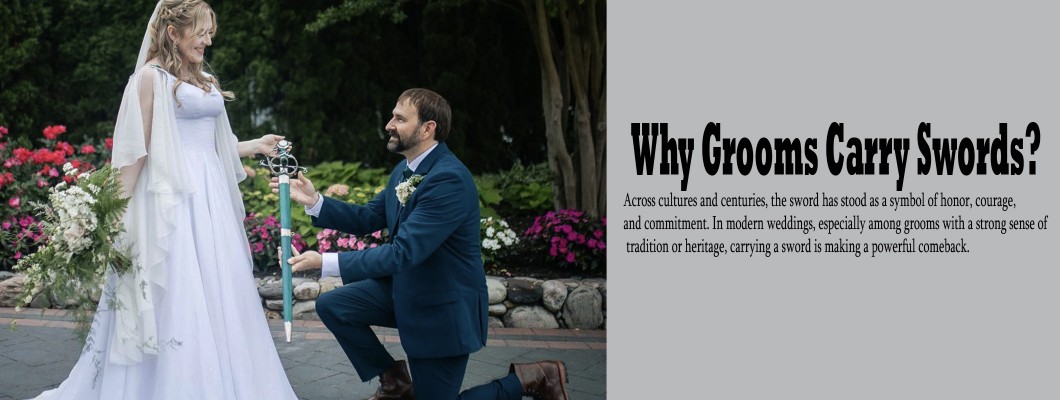
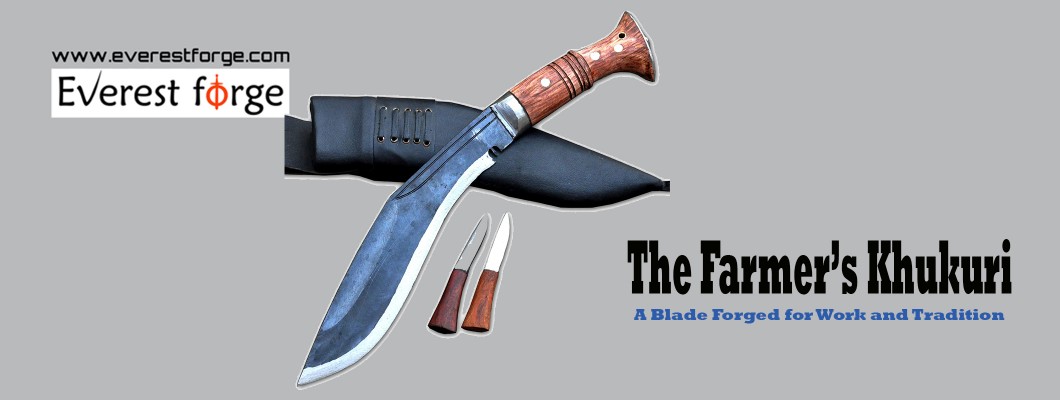

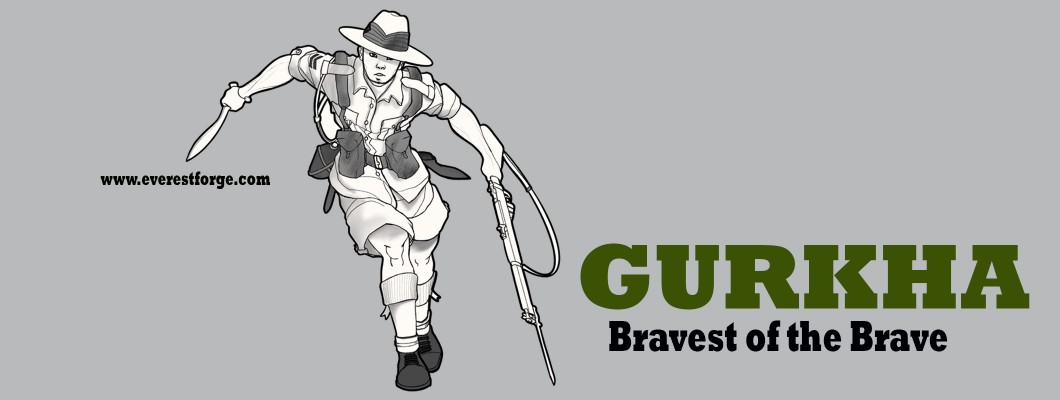
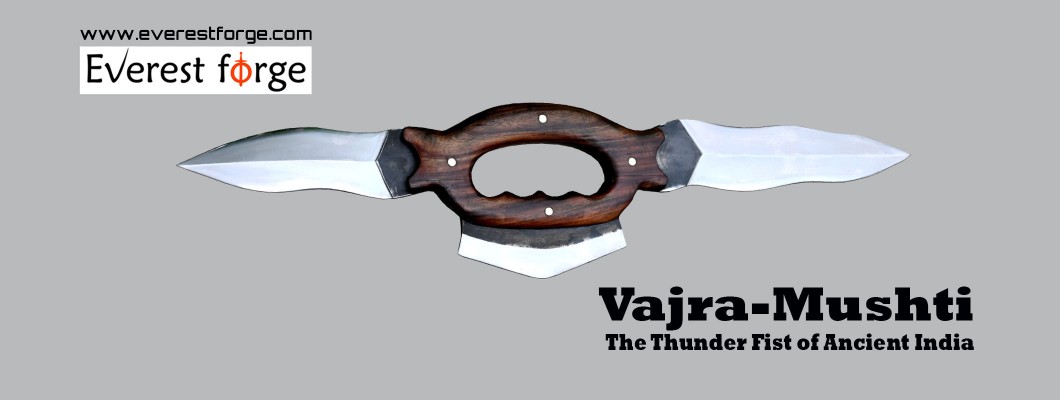
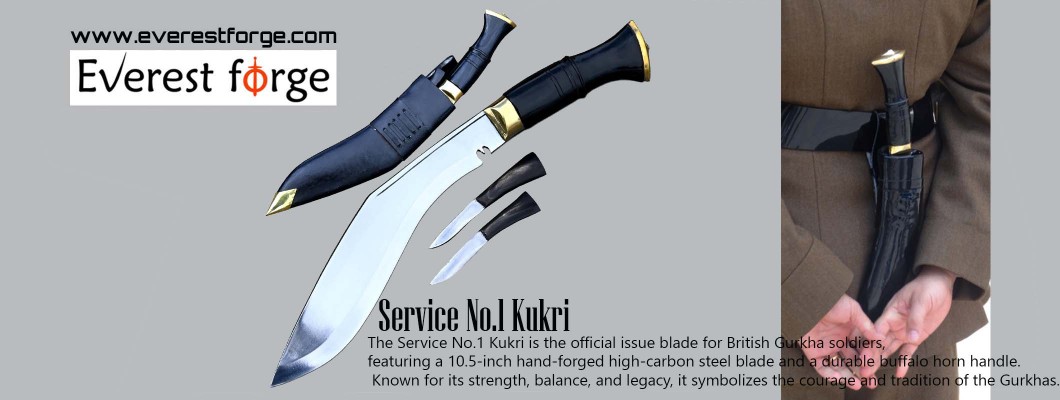
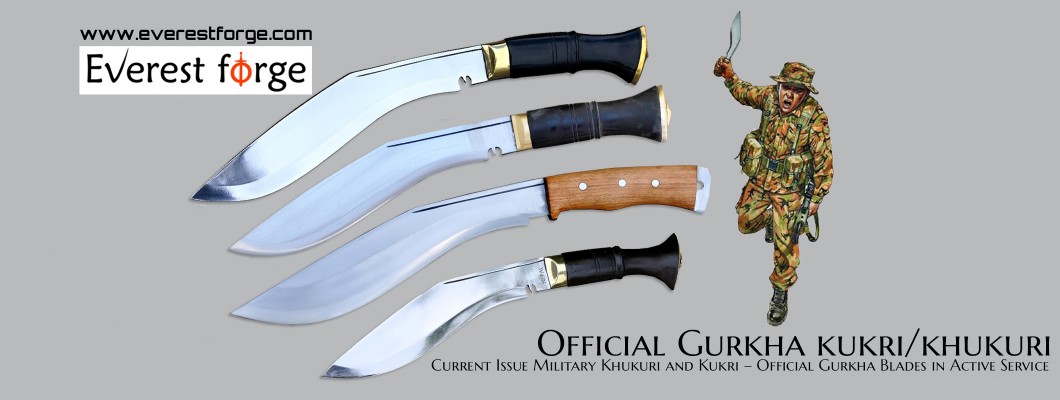
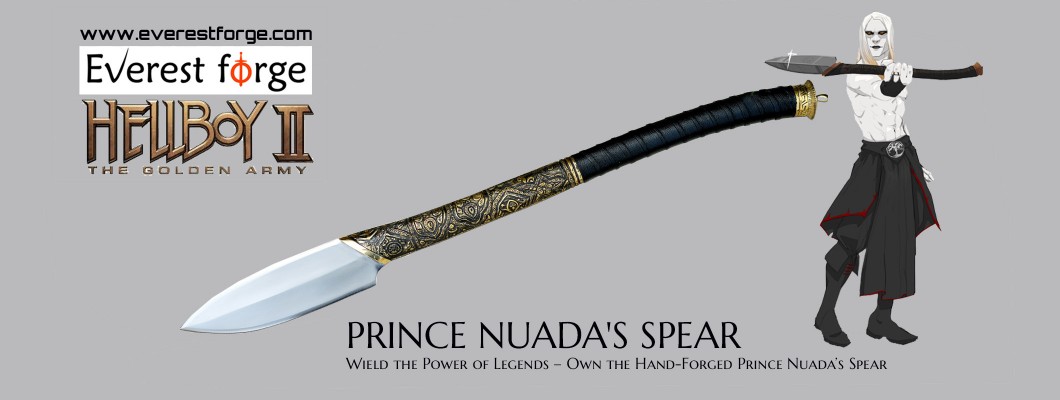

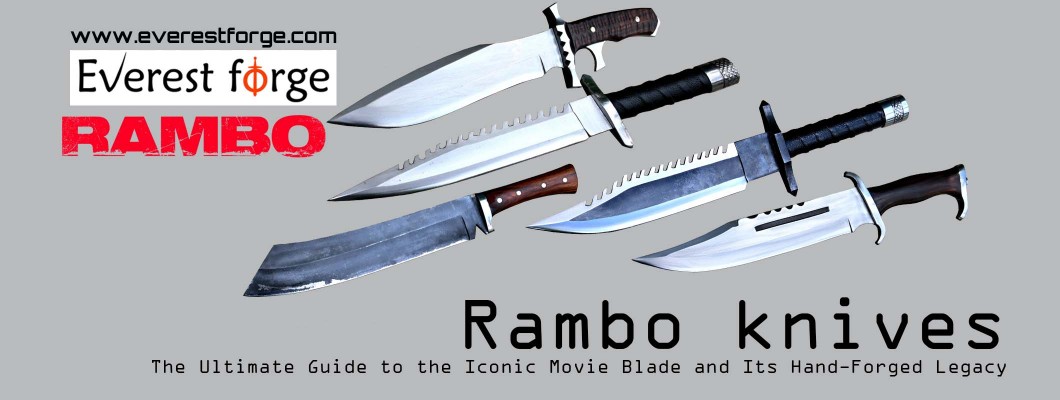





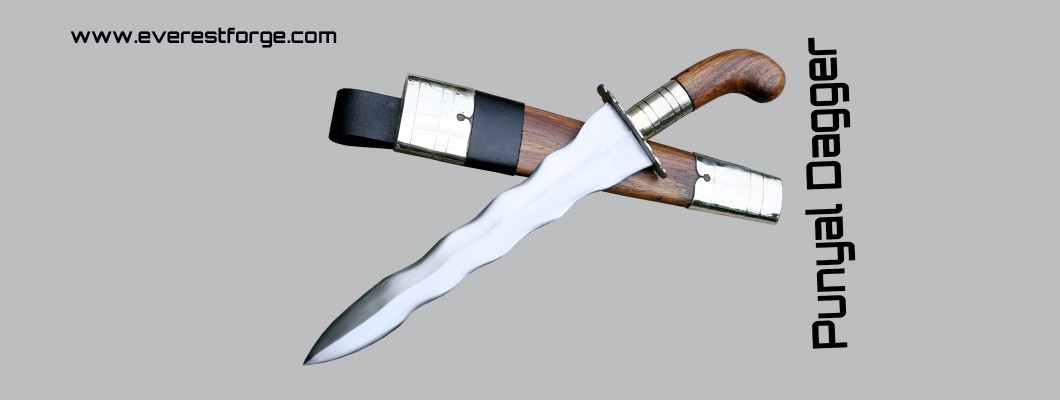
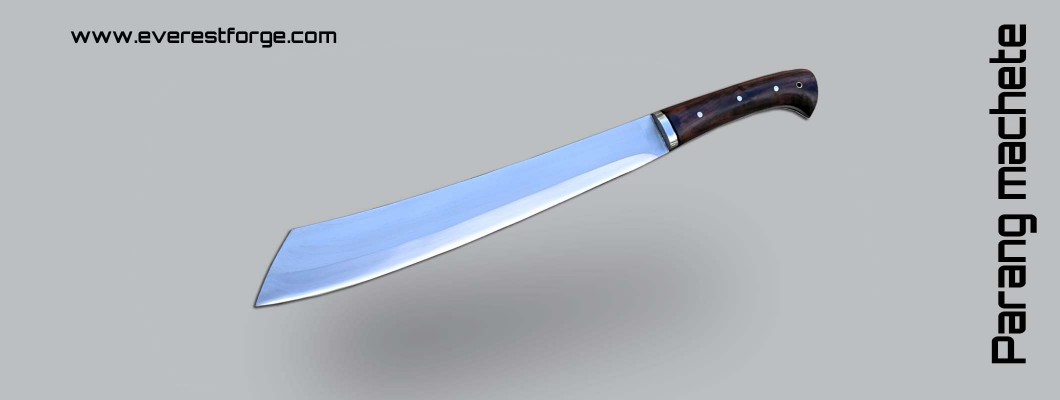
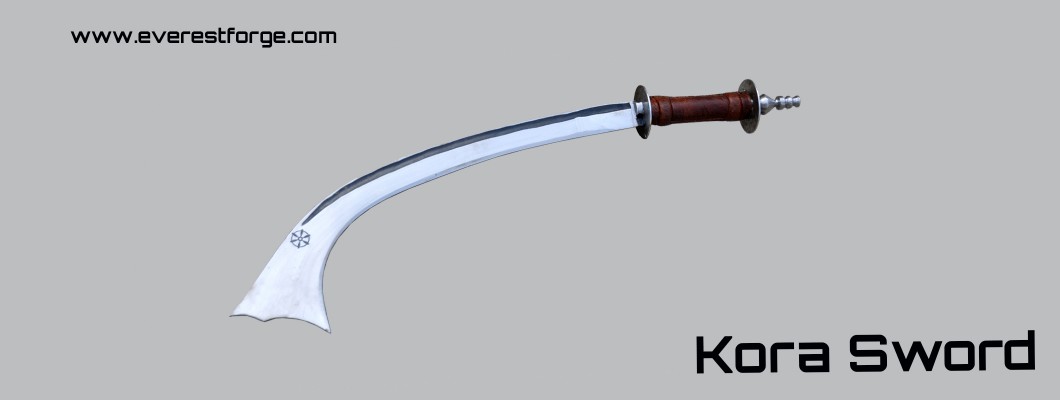
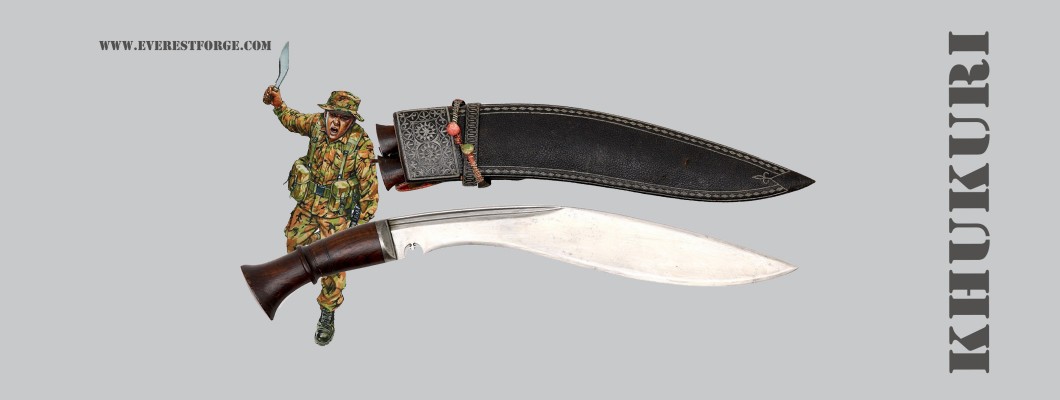

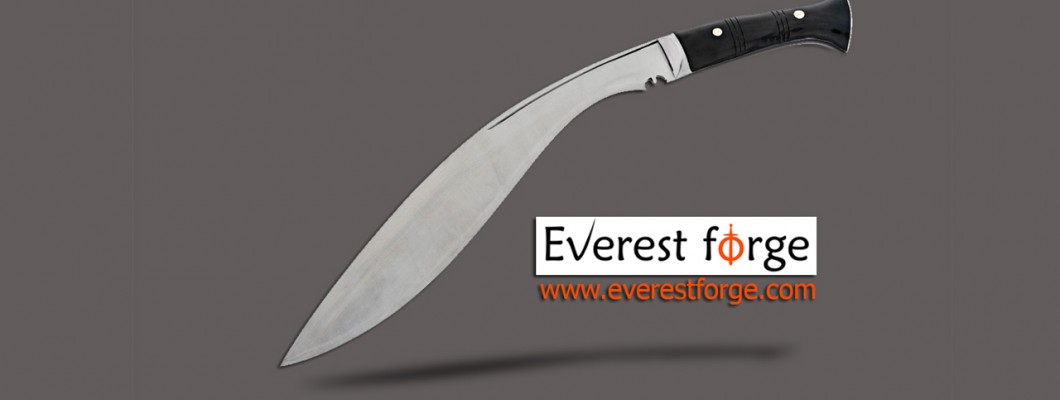
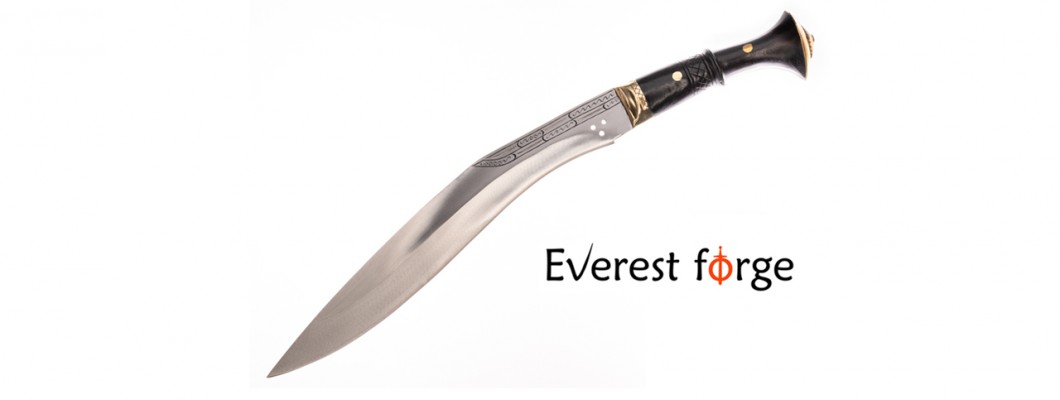
Leave a Comment